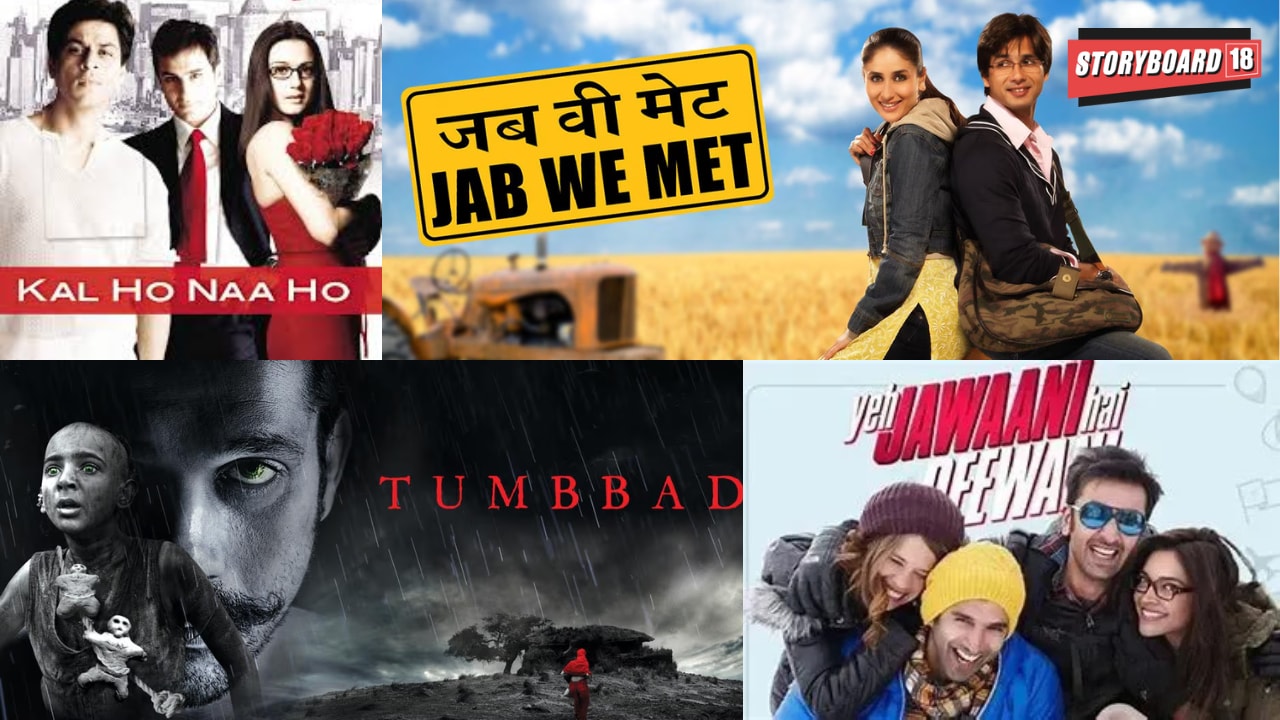In a dimly lit theater in Mumbai, audiences settle in to watch ‘Yeh Jawaani Hai Deewani’, not as a new release but as a cherished revival. This scene, playing out across India’s multiplexes, represents a growing trend: the strategic re-release of beloved Bollywood movies, offering theaters a modest but reliable revenue stream while satisfying viewers’ appetite for nostalgia.
“There is a comfort and connection audiences feel with beloved classics,” said Kamal Gianchandani, CEO of PVRINOX Pictures and president of the Multiplex Association of India. Gianchandani noted that technological improvements, including 4K remasters, have helped drive interest in these revivals. Cinema chains strategically time these revivals to align with commemorative dates and cultural touchstones, transforming routine screenings into cultural events that resonate with audiences seeking both nostalgia and contemporary relevance.
The phenomenon gained momentum in 2021, during the uncertain period of post-pandemic reopening. “It began with Amitabh Bachchan’s retrospective film festival, when theaters dropped ticket prices to 75 rupees on the national cinema day in 2021,” said Mayank Shekhar, a prominent film critic. “Those films’ success revealed an untapped market for re-releases.”
From comedies to cultural touchstones, more than 100 films have been re-released in recent years. The list includes Zindagi Na Milegi Dobara, Tujhe Meri Kassam, It’s Not A Love Story, Veer-Zaara, Bombay to Goa, Padosan, Manthan, GHILLIE, Devadoothan, Manichitrathazhu, Biwi No 1 and The Jungle Book.
Some revivals have proven more successful than their original runs. Laila Majnu, which initially earned Rs 3 crore, has generated about Rs 10 crore in its 2024 re-release.
Despite the lower ticket prices — averaging Rs 112 to Rs 150 compared to new releases — the strategy appears sustainable. Re-releases contribute about 6 percent of overall revenue for PVR-INOX, which projects 15 to 20 percent annual growth in this segment.
Drawing on a catalog of beloved titles and capitalizing on audiences’ growing appetite for theatrical revivals, Gianchandani sees growth potential in what he describes as an increasingly diverse audience. “These screenings attract viewers who seek both the warmth of nostalgia and the value of affordable entertainment,” he said.
Industry experts dismiss suggestions that the trend is merely a marketing gimmick. “Indian cinema has discovered a genuine love for its heritage,” said Harish Bijoor, a business strategy specialist. “Every old release has done exceedingly well.”
The success extends beyond epic romances and comedies. Tumbbad, a horror film, attracted larger audiences than Rockstar and Laila Majnu. Theaters have also organized themed festivals celebrating specific actors, including retrospectives of Akkineni Nagarjuna Rao and Kareena Kapoor Khan.
For theater owners, these revivals offer a low-risk proposition during slower periods. It takes very little investment to re-release a movie and it’s a viable alternative for both producers and theaters to generate revenue, Shekhar pointed out.
As streaming services continue to reshape viewing habits, this return to theatrical exhibitions of classic films suggests that for many Indian moviegoers, the communal experience of cinema remains irreplaceable — even when the film itself is decades old.
